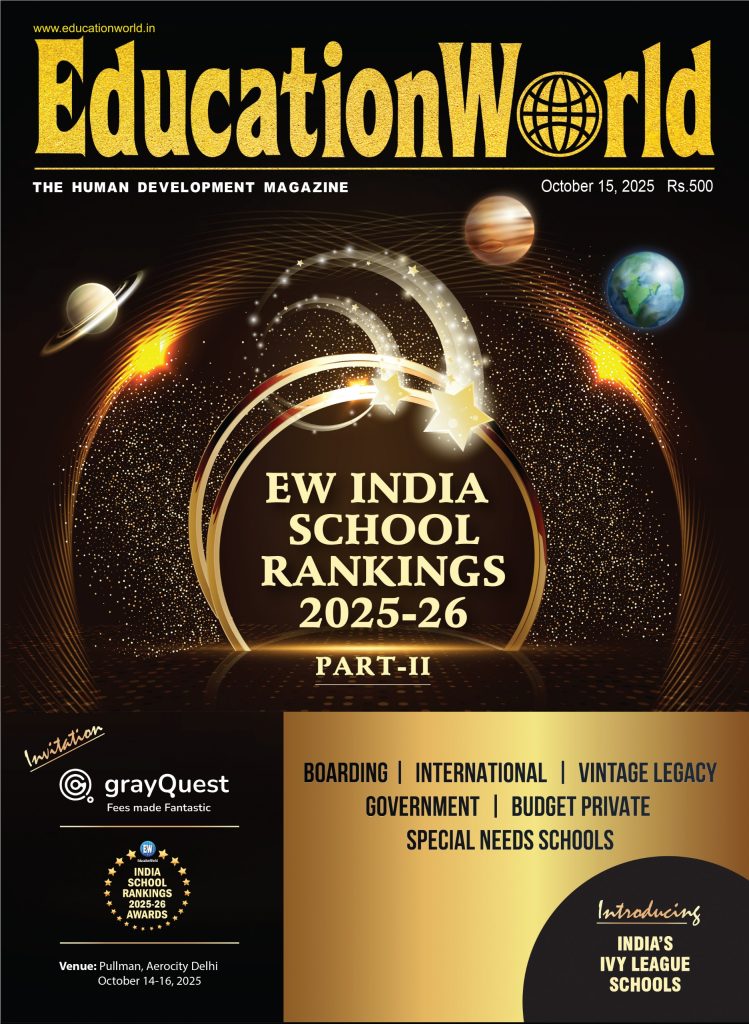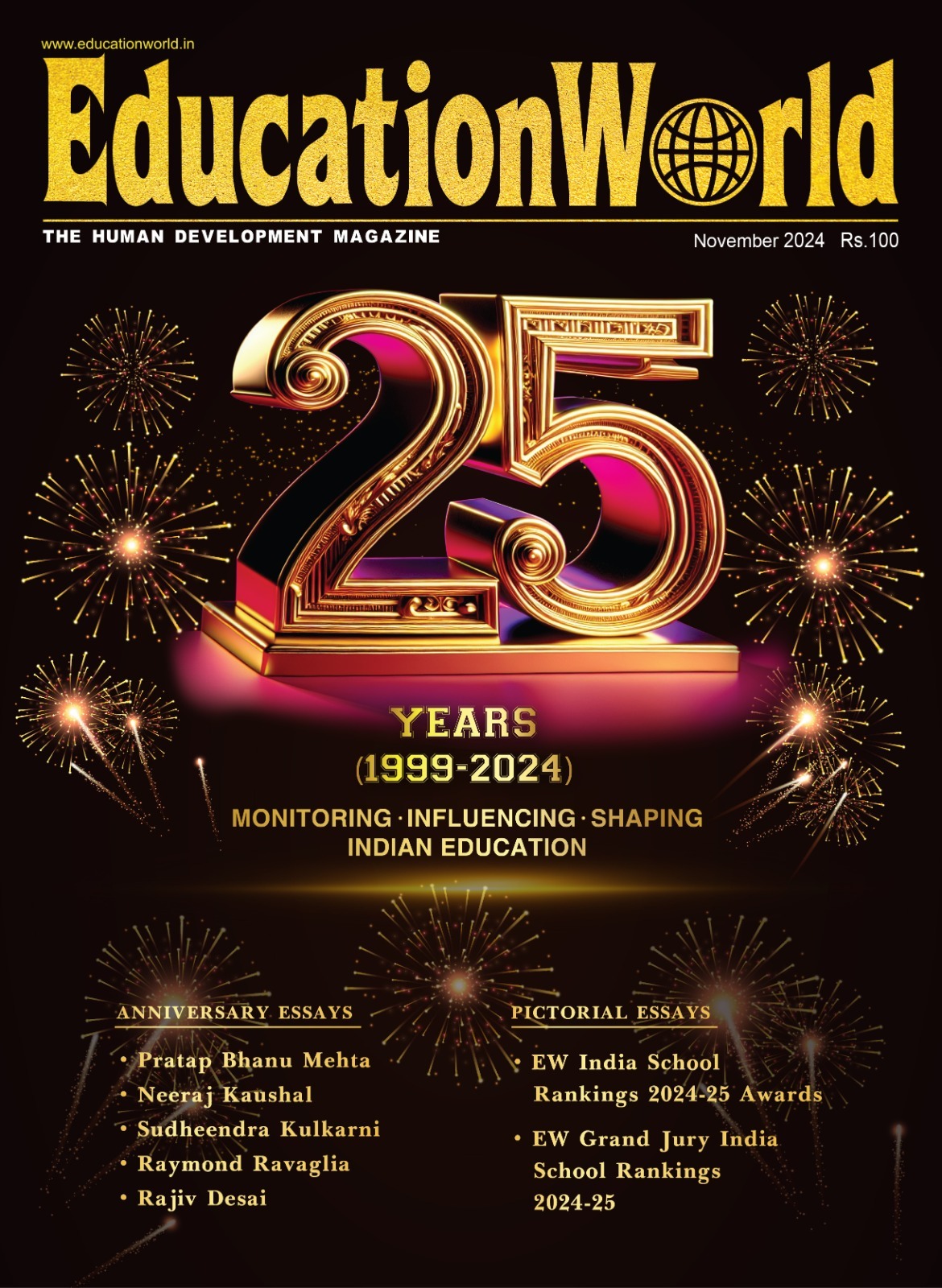HEIs Must Uplift Host Communities
With an aggregate 43 million youth on their muster rolls, contemporary India’s 52,000 undergrad colleges and 1,338 universities arguably comprise the largest higher education system worldwide. Yet over the past 79 years since independence, the academy has not ideated and/or presented the country’s long-suffering public with any notable game-changer product, service or disruptive technology. The one possible exception is the unified payment interface (UPI) which enables bank-bank cash payments to retail vendors through internet connected smartphones.
Conspicuous failure to produce revolutionary products and services apart, India’s over-blown academy has also neglected to apply knowledge to solve major problems debilitating society and impeding the national development effort. Indeed almost all major problems that hindered economic development and India’s national development effort, still await resolution, and may well have become exacerbated with the passage of time. For instance, widespread poverty, hunger, ignorance and a rapidly deteriorating ecology and ecosystem. Dominant sentiment within post-independence India’s higher education institutions (HEIs) has been — and remains — that providing solutions to these and related problems that have enfeebled the nation does not fall within their purview. This ivory tower culture under which the academy and industry remain unconnected universes is to a great extent responsible for the country’s also-ran status within the global commonwealth.
It’s surprising that neither academy nor industry leaders have discovered that most, if not all the products, services and new technologies — automobiles, telecom, internet connectivity, computers and smartphones — Were ideated and incubated in the great universities of the West and commercialized by business entrepreneurs and corporations totally transforming industry, business and societies around the world. Therefore it’s an urgent imperative for the academy to emerge from its ivory towers and develop close connect with industry, government and their host communities.
The knowledge, science and research capability to reduce environmental pollution asphyxiating urban India; riverine pollution killing the country’s great rivers; urban vehicular traffic snarls and automobile emissions destroying the nation’s most productive cities; rock-bottom agriculture and industry productivity, among other thousand unnatural shocks slowing national development, must necessarily emerge from the faculty and students of academia which hosts the best brains of society.
In the circumstances, it’s time India’s isolationist HEIs integrated with their host societies and cities to apply knowledge of science, technology and the social sciences for upliftment of their host communities. Indeed, this is an apposite time for deans and dons of academia to revise and reorient society/city as the curriculum. That’s the way forward for India’s HEIs.

















Add comment